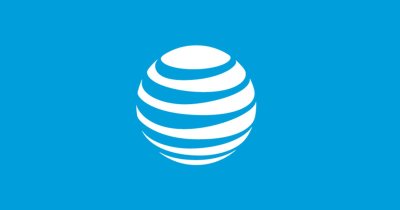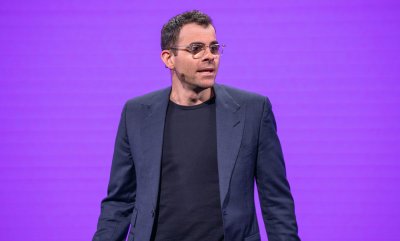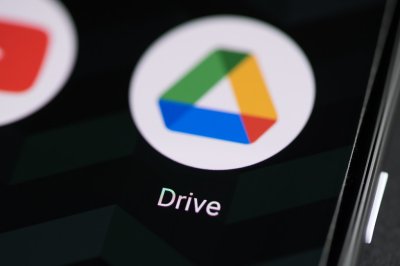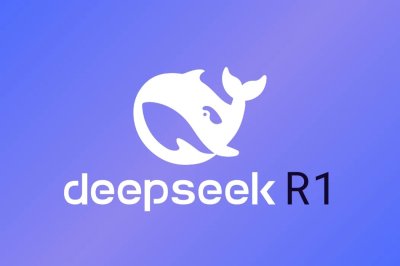AT&T Deploys AI-Powered "Digital Receptionist" to Combat Robocalls
@devadigax15 Sep 2025

AT&T is rolling out a new AI-powered call-screening tool designed to significantly reduce the number of unwanted robocalls and spam calls that plague millions of consumers. This innovative feature, described by AT&T as a "digital receptionist," leverages sophisticated artificial intelligence to analyze incoming calls and filter out those deemed undesirable, offering a much-needed reprieve from the incessant barrage of unwanted solicitations. The tool is currently in a testing phase with a select group of customers and is expected to be more widely available later this year.
The AI behind AT&T's new call-screening technology employs a multi-pronged approach to identify spam calls. It analyzes call history, comparing incoming numbers against known spam databases and flagging potential threats based on patterns and known robocalling tactics. Furthermore, the system employs machine learning algorithms, constantly adapting and improving its accuracy based on the collected data and user feedback. This continuous learning ensures that the system stays ahead of evolving robocalling techniques, becoming more effective over time. The ability to learn from user interactions allows the system to personalize its screening based on individual user preferences and call patterns.
This proactive approach is a significant improvement over traditional call-blocking methods. While many smartphones offer built-in call-blocking features, these often rely on user-reported numbers and can be easily circumvented by spammers using techniques like spoofing caller ID information. AT&T's AI-powered system, however, proactively identifies and filters calls before they even reach the user's phone, minimizing disruption and frustration.
The use of call history as part of the AI's decision-making process is particularly noteworthy. By analyzing past calls and identifying numbers consistently associated with unwanted calls, the system can predict and block similar incoming calls with higher accuracy. This contextual understanding enhances the system's effectiveness and reduces the potential for legitimate calls to be mistakenly filtered out.
The benefits of such a system extend beyond simply reducing the annoyance of spam calls. The significant time wasted daily by millions of individuals sifting through unsolicited calls adds up to a substantial collective loss of productivity. By effectively filtering out these calls, AT&T's AI-powered system not only improves the user experience but could also contribute to a marked increase in overall productivity.
The "digital receptionist" also offers several other features beyond simple call screening. Early reports suggest that users will receive notifications indicating whether an incoming call is flagged as spam or potentially safe. This allows users to exercise control and override the AI's decision if necessary, maintaining a balance between effective filtering and preventing legitimate calls from being missed.
The introduction of this AI-driven call-screening technology marks a significant step forward in the ongoing battle against robocalls and spam. It underscores the increasing role of artificial intelligence in addressing everyday problems and improving the quality of life for consumers. As the technology matures and becomes more widely available, it is likely to become a standard feature offered by mobile carriers and smartphone manufacturers, providing a much-needed layer of protection against the relentless tide of unwanted calls.
The success of AT&T's initiative will depend not only on the accuracy and effectiveness of its AI but also on its ability to adapt to the ever-evolving tactics employed by spammers. The continuous learning aspect of the technology is crucial for long-term success, ensuring that the system remains ahead of the curve. The transparency of the system and providing users with control over how their call history is utilized will be key to building user trust and acceptance. Overall, AT&T's move to integrate AI into its call management system is a significant step towards a more peaceful and productive communication landscape.
The AI behind AT&T's new call-screening technology employs a multi-pronged approach to identify spam calls. It analyzes call history, comparing incoming numbers against known spam databases and flagging potential threats based on patterns and known robocalling tactics. Furthermore, the system employs machine learning algorithms, constantly adapting and improving its accuracy based on the collected data and user feedback. This continuous learning ensures that the system stays ahead of evolving robocalling techniques, becoming more effective over time. The ability to learn from user interactions allows the system to personalize its screening based on individual user preferences and call patterns.
This proactive approach is a significant improvement over traditional call-blocking methods. While many smartphones offer built-in call-blocking features, these often rely on user-reported numbers and can be easily circumvented by spammers using techniques like spoofing caller ID information. AT&T's AI-powered system, however, proactively identifies and filters calls before they even reach the user's phone, minimizing disruption and frustration.
The use of call history as part of the AI's decision-making process is particularly noteworthy. By analyzing past calls and identifying numbers consistently associated with unwanted calls, the system can predict and block similar incoming calls with higher accuracy. This contextual understanding enhances the system's effectiveness and reduces the potential for legitimate calls to be mistakenly filtered out.
The benefits of such a system extend beyond simply reducing the annoyance of spam calls. The significant time wasted daily by millions of individuals sifting through unsolicited calls adds up to a substantial collective loss of productivity. By effectively filtering out these calls, AT&T's AI-powered system not only improves the user experience but could also contribute to a marked increase in overall productivity.
The "digital receptionist" also offers several other features beyond simple call screening. Early reports suggest that users will receive notifications indicating whether an incoming call is flagged as spam or potentially safe. This allows users to exercise control and override the AI's decision if necessary, maintaining a balance between effective filtering and preventing legitimate calls from being missed.
The introduction of this AI-driven call-screening technology marks a significant step forward in the ongoing battle against robocalls and spam. It underscores the increasing role of artificial intelligence in addressing everyday problems and improving the quality of life for consumers. As the technology matures and becomes more widely available, it is likely to become a standard feature offered by mobile carriers and smartphone manufacturers, providing a much-needed layer of protection against the relentless tide of unwanted calls.
The success of AT&T's initiative will depend not only on the accuracy and effectiveness of its AI but also on its ability to adapt to the ever-evolving tactics employed by spammers. The continuous learning aspect of the technology is crucial for long-term success, ensuring that the system remains ahead of the curve. The transparency of the system and providing users with control over how their call history is utilized will be key to building user trust and acceptance. Overall, AT&T's move to integrate AI into its call management system is a significant step towards a more peaceful and productive communication landscape.
Comments
Related News

Beyond the Mic: Instagram Denies Eavesdropping, But AI's Predictive Power Redefines Digital Privacy
@devadigax | 01 Oct 2025
@devadigax | 01 Oct 2025

Microsoft 365 Premium Redefines AI Productivity, Bundling Copilot to Rival ChatGPT Plus Pricing
@devadigax | 01 Oct 2025
@devadigax | 01 Oct 2025

Wikimedia's Grand Vision: Unlocking Its Vast Data Universe for Smarter Discovery by Humans and AI
@devadigax | 30 Sep 2025
@devadigax | 30 Sep 2025

Google Drive Fortifies Defenses with New AI-Powered Ransomware Detection
@devadigax | 29 Sep 2025
@devadigax | 29 Sep 2025

The DeepSeek Phenomenon: Unpacking the Viral AI Chatbot from a Leading Chinese Lab
@devadigax | 29 Sep 2025
@devadigax | 29 Sep 2025
 AI Tool Buzz
AI Tool Buzz